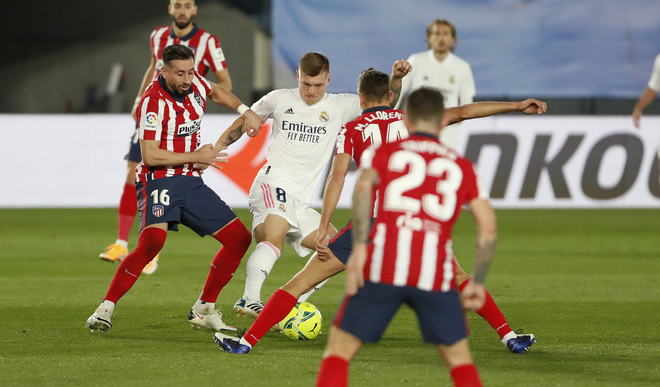In Mexico currently between 4 and 5 million couples suffer from infertility problems
Many couples dream of forming a family and having children, sometimes this may not be possible due to complications in the process to achieve the fertilization of the ovum or the pregnancy to develop optimally, especially after 35 years. That is why some couples look for other alternatives.
According to Doctor Eligio Islas, from Fertility Center They choose, some of the most common problems that couples face, and that unfortunately lead to impatience, bad habits, frustration and uncertainty for people who want to be parents.
In the first point he points out that in Mexico currently between 4 and 5 million couples suffer from infertility problems, according to the National Institute of Statistics and Geography (Inegi). However, infertility in Mexico is highly underdiagnosed, no recent statistics available, but it is estimated that the percentage of affected couples is similar to the world.
In this sense, in our country the main causes of female infertility are:
- Low ovarian reserve
- Endometriosis
- Polycystic ovary syndrome
- Uterine myomatosis
- Polipos endometriales
- Sexually transmitted diseases
On the other hand, main factors that affect us male infertility:
- Varicocele
- Mellitus diabetes
- Use of alcohol, tobacco or drugs
The main treatments that exist for infertility are artificial insemination and in vitro fertilization, But what is the difference? Islas explains:
Artificial insemination
It is a low complexity assisted reproduction treatment in which previously prepared sperm are introduced into the woman’s uterus, with the aim of fertilization and to achieve a pregnancy. Insemination can be homologous, that is, with the partner’s sample, or heterologous, with bank sperm. It is important to note that the success rate of this technique is 20-30 percent.
In vitro fertilization
It is a highly complex assisted reproduction technique. There are several steps to follow. We begin with ovarian stimulation, in which injected medicine is applied for 10-12 days, later the eggs are extracted from the ovaries by means of a follicular puncture, which is performed in the operating room, under anesthesia, then they are fertilized with the sperm of the couple or donor, the evolution of the embryos is observed until they are transferred to the mother’s uterus in order to achieve a pregnancy. With this technique there is a 90% chance of being able to carry out a fertilization.
“Undergoing assisted reproduction treatment can trigger high levels of stress that can decrease the probability of achieving pregnancy. It is advisable to go for a psychological evaluation, as well as to use techniques such as yoga or meditation that could help to significantly reduce stress levels ”, concluded the expert.
–


